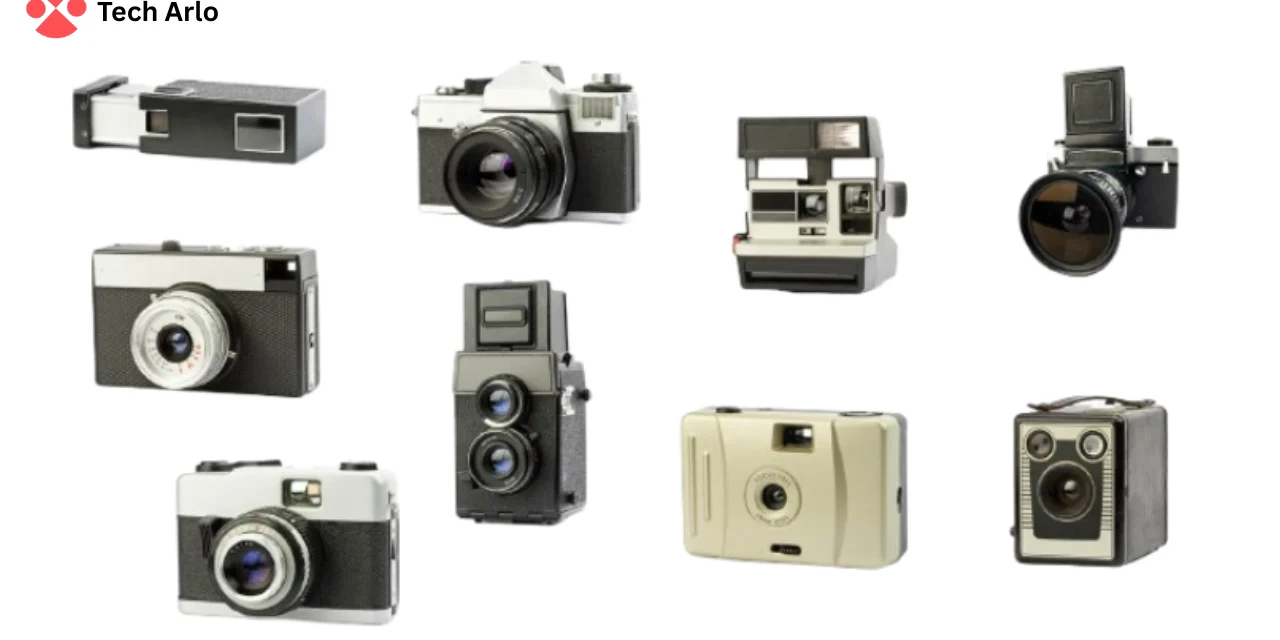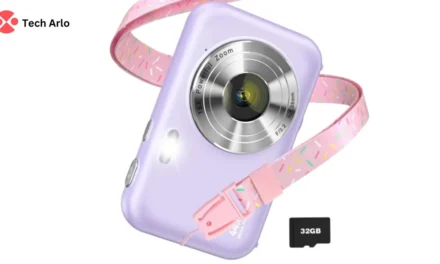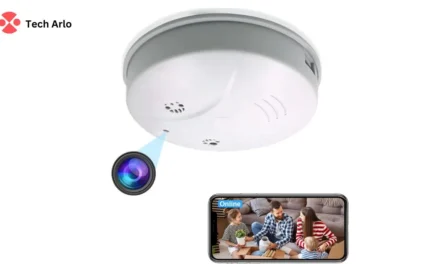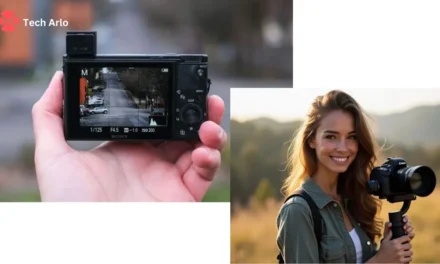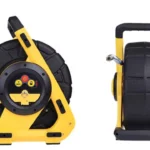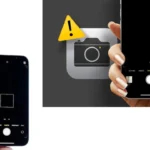Are film cameras an analog camera? The short answer: yes, film cameras are analog. These analog cameras capture images by exposing film to light, creating a physical photography record. Unlike digital cameras, they rely on mechanical processes, not digital sensors. Whether you’re using a 35mm film camera or medium format, it’s a fully analog experience.
The debate of analog film vs digital continues to shape modern camera choices. Many photographers appreciate the depth and texture of analog photography. A film camera offers a tactile charm that digital often lacks. So, are film cameras an analog camera? Absolutely—they’re classic cameras analog lovers adore.
Understanding Film Cameras and Analog Technology

Film cameras are a type of analog camera that captures images using physical film. Unlike digital cameras, which store data electronically, film cameras rely on light exposure. A classic example is the 35mm film camera, widely used in analog photography for decades.
Analog film cameras process images through chemical reactions, not sensors like in digital photography. This makes analog cameras ideal for rich tones and natural image depth. Many cameras analog fans prefer analog film vs digital for its authentic feel.
Using a 35mm film or other analog formats gives each camera shot a unique charm. While digital offers convenience, the appeal of analog film lies in its timeless artistry. Whether you’re new or experienced, exploring film camera use can be rewarding.
Are Film Cameras An Analog Camera
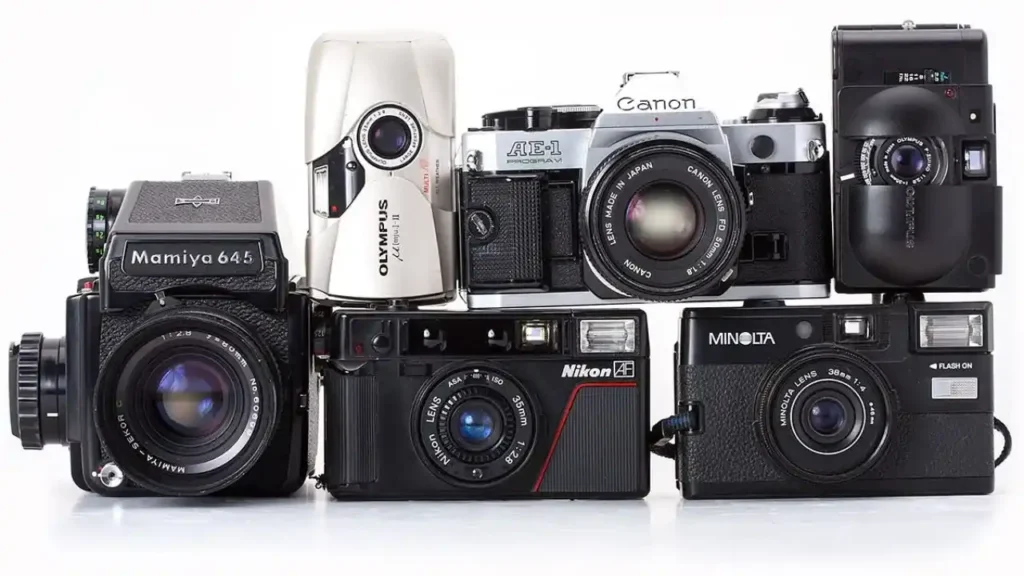
Are film cameras an analog camera? Absolutely—they work by exposing light to chemical film. A 35mm film camera captures images using light-sensitive emulsion instead of digital sensors. This analog photography process produces a distinct, nostalgic image that many enthusiasts still admire today.
Using an analog film camera requires more attention to detail and lighting conditions. Unlike digital cameras, analog cameras offer no instant preview, encouraging skillful photography. When comparing analog film vs digital, each has strengths in image texture and convenience.
Film cameras remain a favorite for traditionalists and creatives. So yes, are film cameras an analog camera? Definitely.
How Film Cameras Work: The Analog Process
Film cameras are indeed an analog camera, using chemical processes to capture images.
Unlike digital cameras, an analog film camera relies on 35mm film and light exposure.
The image forms as light hits the film, which records tones directly without digital sensors.
Using an analog film camera means each shot must be carefully composed and exposed.
In analog photography, you can’t preview the image—developing is required to see results.
This process makes film cameras ideal for creative photography and artistic experimentation.
When comparing analog film vs digital, both offer unique strengths and camera experiences.
35mm film and analog cameras deliver classic texture, while digital captures instant photos.
Ultimately, cameras analog or digital depend on your style, purpose, and image preference.
List 10 types of analog camera
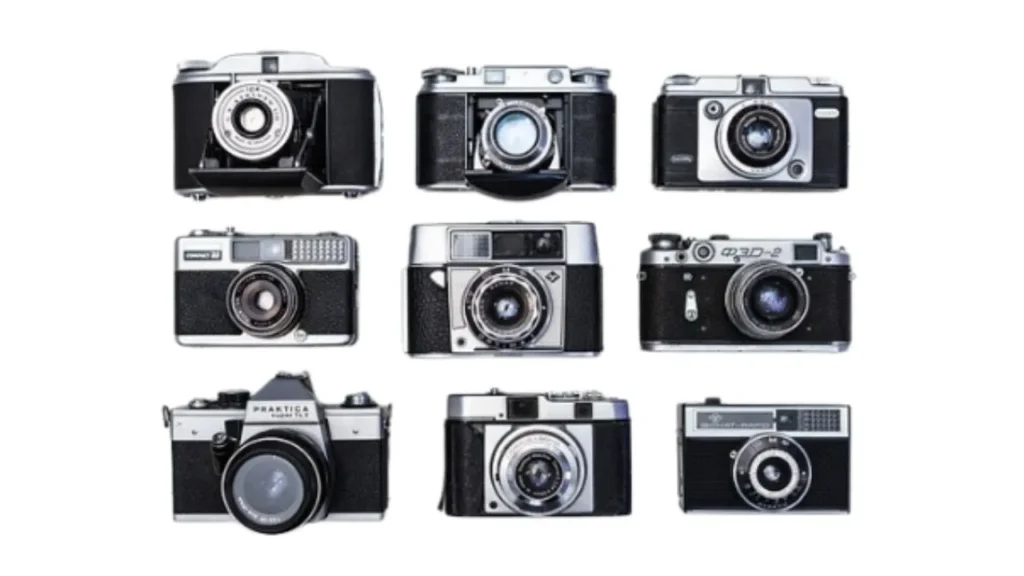
Many photography enthusiasts ask, are film cameras an analog camera or something else entirely?
In truth, analog cameras offer a timeless and tactile experience digital cameras often can’t match.
| Type of Analog Camera | Format/Film Type | Key Features |
| 35mm Film Camera | 35mm film | Most popular analog camera, compact, perfect for street and travel photography |
| Medium Format Camera | 120/220 film | Larger image quality, ideal for portraits and fine art analog photography |
| Large Format Camera | Sheet film (4×5, 8×10) | Produces ultra-high resolution, used in landscape and architectural work |
| Rangefinder Camera | 35mm film | Compact, quiet, and fast focusing, ideal for candid and documentary work |
| SLR (Single Lens Reflex) | 35mm film | Interchangeable lenses, optical viewfinder, versatile for many photography styles |
| TLR (Twin Lens Reflex) | 120 film | Dual lens design, medium format, popular in vintage and studio photography |
| Instant Film Camera | Instant film (e.g., Polaroid) | Instant image output, fun and creative analog camera experience |
| Pinhole Camera | Varies | No lens, uses a tiny hole, creates dreamy, artistic analog images |
| Toy Camera (e.g., Holga) | 120 or 35mm film | Known for light leaks, vignetting, and experimental photography |
| Disposable Film Camera | 35mm film | Simple, affordable, great for travel and beginner analog photographers |
So, are film cameras an analog camera? Absolutely — and they remain vital to analog photography.
Whether using a 35mm film camera or a pinhole camera, analog captures true visual art.
Read More: HOW TO INSTALL BACKUP CAMERA?
Why Choose a Film Camera in the Digital Age?
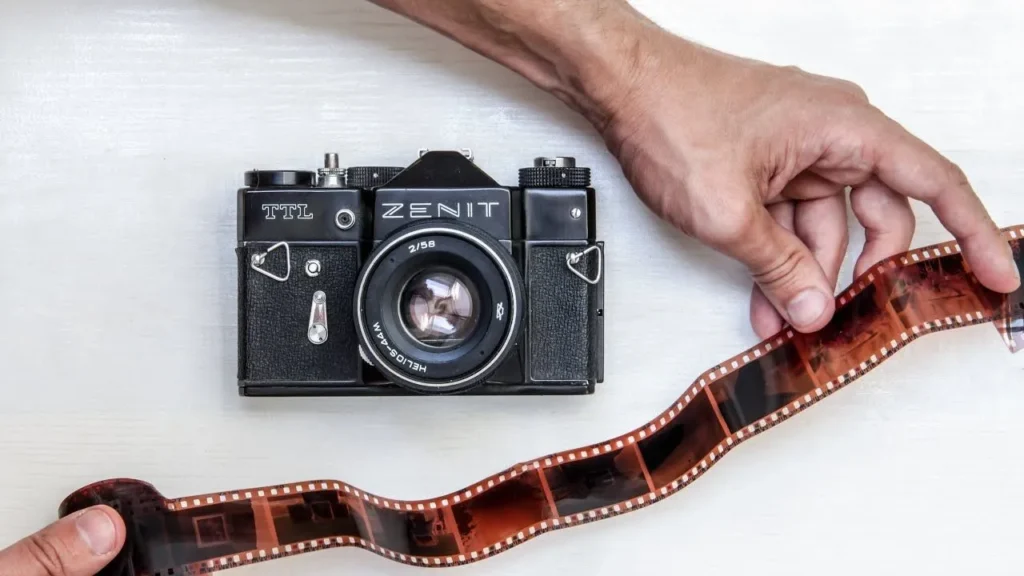
In today’s digital age, many creators are rediscovering the charm of analog cameras. A film camera uses light-sensitive film to capture an image, unlike digital cameras that use sensors. The experience of using a 35mm film camera makes photography feel intentional and hands-on.
Analog photography produces distinct results, with unique textures and tones in every frame. Many photographers love the process of working with analog film vs digital because it encourages patience and skill. From adjusting light manually to waiting for film development, analog cameras offer an unmatched, creative discipline.
So, are film cameras an analog camera? Yes—they are classic analog tools. Film cameras like the 35mm film are timeless devices that continue to inspire creativity in modern photography.
Common Misconceptions About Film and Analog Cameras
While digital cameras dominate today’s photography world, analog cameras still hold great value. Understanding what makes a film camera different can clear up many modern misconceptions.
1. Film Cameras Are Not the Same as Digital Cameras
Many believe film cameras work just like digital cameras, but that’s inaccurate.
A film camera uses light-sensitive film to capture the image, unlike a digital sensor.
Film cameras rely on physical film rolls, such as 35mm film, to record images. Unlike digital cameras, they don’t instantly show the photo after clicking the shutter.
2. All Analog Cameras Are Not Outdated or Inefficient
People often assume analog cameras are slow, old, or impractical in today’s world.
However, analog photography offers a rich, hands-on approach to capturing light and moments.
Using an analog camera encourages patience, precision, and a deeper connection to photography. From 35mm film camera models to vintage analog film camera types—many are still loved.
3. Film Cameras Don’t Always Equal Poor Image Quality
Some think a film camera produces blurry or low-resolution photos compared to digital.
This couldn’t be further from the truth—analog film can produce sharp, rich imagery.
Analog film vs digital highlights the difference in tone, depth, and visual texture.
Photographers choose analog film cameras for their classic look and timeless photographic style.
4. Using Analog Cameras Is Not Complicated or Limiting
Another misconception is that analog cameras are hard to use or creatively limiting.
In reality, using a 35mm film camera can teach better control over composition.
With analog cameras, you manually adjust exposure, light, and shutter speed for perfect shots. This hands-on process enhances your understanding of photography far beyond auto settings.
5. Film and Analog Cameras Still Have a Place Today
Some believe there’s no room for analog in today’s fast-paced digital photography world.
Yet many professionals still use analog cameras to craft meaningful and deliberate images.
Whether it’s a vintage analog camera or a new film camera, interest grows.
The analog photography movement proves that film still thrives in creative communities.
Maintaining and Using a Film Camera
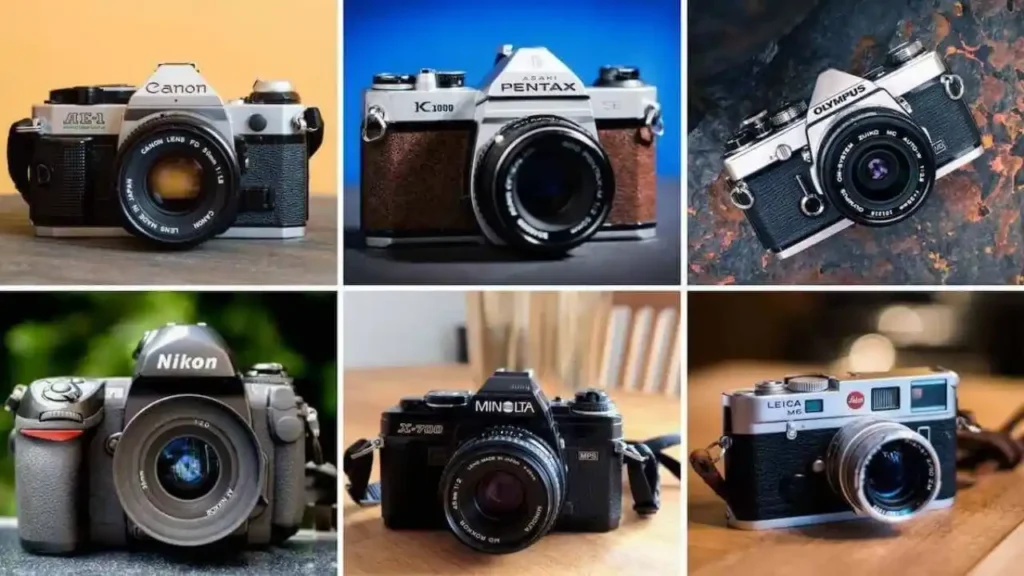
Using and maintaining a film camera requires care and knowledge. Whether you’re using an analog camera or a 35mm film camera, keeping it in good condition will ensure great results.
Store Film Properly
- Keep your film rolls in a cool, dry place to prevent exposure to heat and light.
- Store in dark containers to preserve the quality of your analog film.
Clean the Camera Regularly
- Wipe down the body with a soft cloth to prevent dirt build-up.
- Be gentle when cleaning the lens to avoid scratches and fingerprints.
Use Lens Caps or Filters
- Always protect your lens with a cap or filter when not in use.
- This helps prevent scratches and keeps the lens clean for clear images.
Check Exposure Settings
- Ensure the exposure settings are accurate before taking a shot.
- Adjust the aperture and shutter speed manually for better light control.
Rewind and Replace Film Properly
- When you finish a roll of 35mm film, rewind it properly before removing it.
- Always handle film rolls carefully to avoid damaging the film inside.
Protect the Camera from Dust and Dirt
- Keep your analog camera stored in a clean, dust-free environment.
- Regularly check and clean the camera to ensure smooth functionality.
Test the Light Meter
- Ensure the light meter is working properly to capture correct exposure.
- If your camera doesn’t have a built-in meter, use an external light meter.
Avoid Forced Film Loading
- Never force a 35mm film roll into your camera.
- Ensure it is properly inserted to avoid damaging the film or the camera.
FAQ’s
Is DVD Digital or Analog?
A DVD is a digital format, storing data using binary encoding. Unlike analog formats, DVDs store high-quality digital video and audio for easy playback on compatible devices.
Is TV Analog or Digital?
TVs can be either analog or digital, depending on the technology. Analog TVs rely on traditional broadcast signals, while digital TVs use modern signals for better image and sound quality.
Is VHS Digital or Analog?
VHS is an analog format that uses magnetic tape to record video and audio. Unlike digital formats, VHS tapes capture video in a lower resolution and require specific players for playback.
What Is a Film Camera Used For?
A film camera is used to capture images on light-sensitive film, typically for analog photography. It offers a unique visual aesthetic compared to digital photography, often appreciated by enthusiasts and professionals.
How Is Film Loaded and Unloaded in a Camera?
To load film, open the camera back, insert the film roll, and thread it through the film path. To unload, rewind the film fully before removing it from the camera to prevent exposure.
Conclusion
In conclusion, the question “Are film cameras an analog camera?” is answered with a clear yes. Film cameras are classic analog tools that capture images using chemical processes, not digital sensors. Whether you’re using a 35mm film camera or a medium-format analog camera, the experience remains purely analog.
This unique process provides a distinct, tactile photography experience that digital cameras often lack. The ongoing debate of analog film vs digital highlights the enduring appeal of film cameras in the modern world. So, if you’re wondering, “Are film cameras an analog camera?” — absolutely, they are timeless, creative devices still cherished by photographers.

